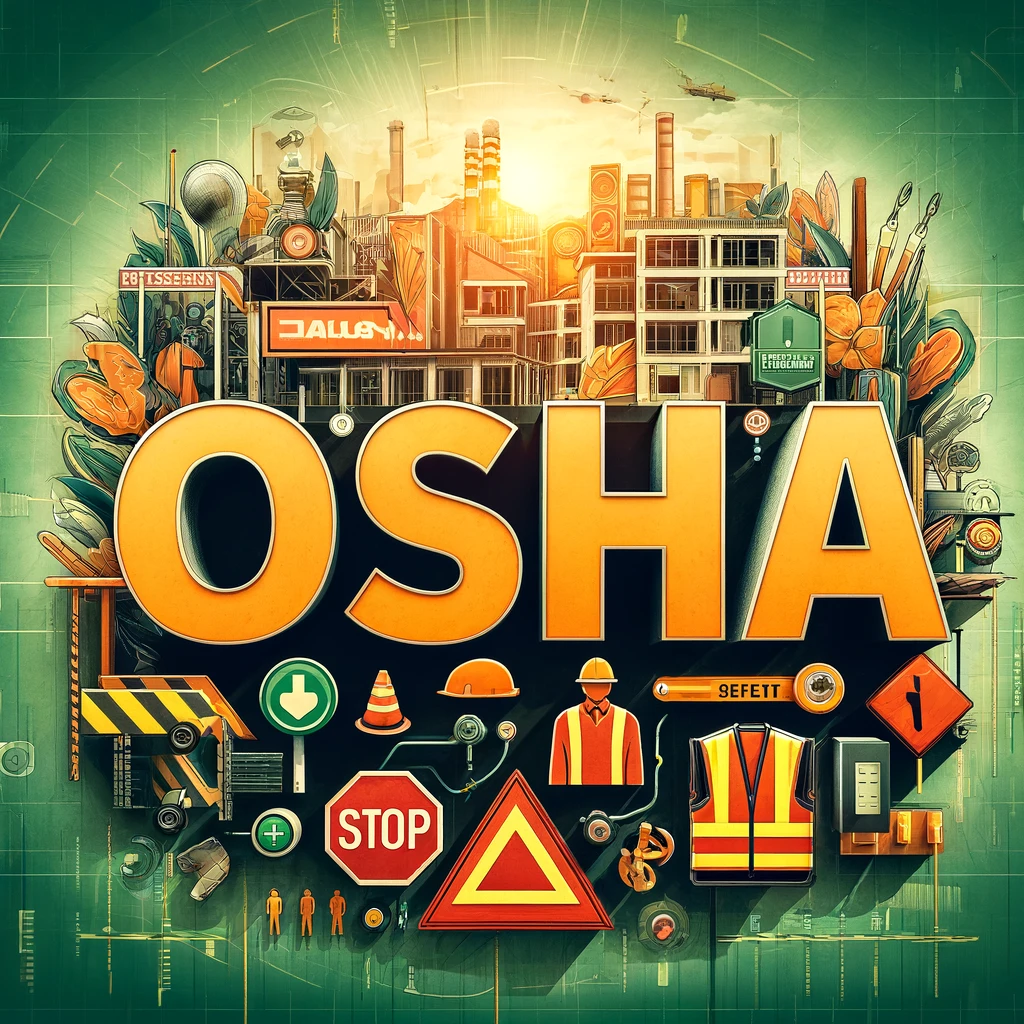In the face of sudden cardiac arrest (SCA), time is of the essence. Each minute that passes without intervention significantly decreases the victim’s chance of survival. Automated External Defibrillators (AEDs) have become crucial in bridging the gap between the onset of SCA and the arrival of emergency medical services. However, the high cost of AEDs, ranging from $2000 to $5000, raises an important question: Is the investment in these life-saving devices truly worth it? This article explores the factors that influence the value of AEDs, the benefits they offer, and whether their cost can be justified.
Understanding the Need for AEDs
Sudden cardiac arrest is a leading cause of death worldwide. Unlike a heart attack, which is caused by a blockage that stops blood flow to the heart, SCA occurs when the heart’s electrical system malfunctions, leading to an irregular heartbeat and sudden cessation of heart function. In these critical moments, defibrillation is often the only effective treatment. AEDs are designed to be user-friendly, allowing even untrained bystanders to deliver a potentially life-saving shock.
The American Heart Association (AHA) emphasizes the importance of early defibrillation, noting that for every minute defibrillation is delayed, the chance of survival decreases by approximately 10%. Given this stark statistic, the deployment of AEDs in public spaces, workplaces, and homes becomes a crucial strategy in improving survival rates for SCA victims.

The Cost-Benefit Analysis of AEDs
When evaluating the worth of AEDs, it is essential to conduct a cost-benefit analysis. This involves comparing the financial outlay for purchasing and maintaining AEDs against the potential benefits, primarily the lives saved.
Initial Costs and Maintenance
AEDs typically cost between $2000 and $5000. This price includes the device itself, carrying case, pads, batteries, and sometimes additional accessories. Maintenance costs, which cover the replacement of pads and batteries and periodic checks to ensure the device is functioning correctly, must also be considered. While the initial investment is significant, it is crucial to view it in the context of the potential benefits.
Potential Lives Saved
Research has shown that the availability of AEDs can significantly increase survival rates for SCA victims. A study published in the Journal of the American Medical Association (JAMA) found that the survival rate for out-of-hospital cardiac arrests nearly doubled in locations where AEDs were readily available. In community settings, the survival rate increased from 5% to approximately 10%, and in workplaces, it rose from 11% to 55%.
Economic Value of a Life Saved
Placing a monetary value on human life is complex and often controversial. However, for the sake of analysis, many studies use the concept of the Value of a Statistical Life (VSL), which estimates the monetary value society places on reducing the average number of deaths. In the United States, the VSL is typically estimated to be between $7 million and $10 million. Even if an AED saves just one life, the economic benefits can far outweigh the initial cost.
Impact on Public Health and Community Confidence
The presence of AEDs in public spaces not only improves individual survival rates but also has broader implications for public health and community confidence.
Increased Survival Rates
By increasing the chances of survival following SCA, AEDs contribute to reducing the overall mortality rate from cardiac events. This has a ripple effect on public health, as survivors often require fewer medical interventions and resources compared to those who do not receive timely defibrillation.
Community Confidence and Safety
Knowing that AEDs are available can enhance the sense of safety and well-being within a community. This is particularly important in high-traffic areas such as airports, shopping malls, schools, and sports venues. The presence of AEDs can reassure the public that steps have been taken to address potential health emergencies, fostering a greater sense of security.
Bystander Empowerment
AEDs empower bystanders to take immediate action in the event of an SCA. The user-friendly design of AEDs, often accompanied by clear voice instructions, allows individuals without medical training to administer life-saving care confidently. This empowerment can lead to increased willingness among the public to assist in emergencies, further enhancing community resilience.
Falls from Height
Definition and prevalence
Falls from height refer to accidents where workers fall from elevated positions, such as scaffolds, platforms, or ladders, to a lower level. These accidents are among the most common and severe incidents in the construction industry, often resulting in serious injuries or fatalities.
Factors contributing to falls
Improper assembly and installation of scaffolds
Inadequate training or experience in scaffold assembly can lead to structural instability, increasing the risk of collapse or failure. Incorrect placement of scaffold components, such as planks and braces, may create weak points susceptible to failure.
Lack of guardrails and fall protection systems
Absence or improper installation of guardrails, toe boards, and mid-rails on scaffolds increases the likelihood of workers accidentally falling off the platform. Failure to use fall protection systems, such as harnesses, lifelines, and safety nets, further exacerbates the risk of falls from height.
Failure to use personal protective equipment (PPE)
Neglecting to wear appropriate PPE, including harnesses, hard hats, and non-slip footwear, reduces workers’ ability to prevent falls and minimize injuries if an accident occurs.
- Case studies illustrating falls from height
- [Case Study 1]: A construction worker fell from a scaffold platform while attempting to retrieve tools, sustaining multiple fractures and head injuries due to the lack of guardrails.
- [Case Study 2]: A scaffolding collapse resulted in several workers falling from height, causing severe injuries and fatalities due to improper assembly and overloading.
- Prevention strategies
- Proper training for scaffold erection and dismantling
Workers should receive comprehensive training on scaffold assembly, usage, and dismantling procedures to ensure structural integrity and stability. Training programs should emphasize proper load distribution, bracing techniques, and adherence to manufacturer guidelines.
- Regular inspection and maintenance of scaffolds
Qualified personnel should conduct routine inspections of scaffolding systems to identify any defects, damage, or signs of wear. Prompt repairs and maintenance should be performed to address issues such as loose components, corrosion, or structural weaknesses.
- Implementation of fall protection measures
Employers should prioritize the use of fall protection systems, such as guardrails, toe boards, and personal fall arrest systems, to prevent falls from height. Safety harnesses, lifelines, and safety nets should be provided and properly utilized by workers when working at elevated positions. Site supervisors should enforce strict adherence to safety protocols and conduct regular safety audits to ensure compliance with fall protection measures.
Struck-By Accidents
Definition and examples
- Struck-by accidents involve workers being hit or struck by objects or equipment on construction sites, including scaffolds.
- These accidents can result in serious injuries or fatalities, often caused by falling objects, scaffold collapses, or contact with moving equipment.
Common scenarios leading to struck-by accidents
- Falling objects from scaffolds
Tools, materials, or debris may inadvertently fall from scaffold platforms, posing a danger to workers and bystanders below. Failure to properly secure or contain items on scaffolds increases the risk of objects becoming dislodged and causing injury.
- Collapses of scaffold structures
Scaffold structures may collapse unexpectedly due to overloading, structural defects, or adverse weather conditions, resulting in workers being struck by falling components.
Inadequate bracing, improper assembly, or lack of maintenance can compromise the stability of scaffolds, leading to collapse incidents.
- Contact with moving equipment or materials
Workers on scaffolds may come into contact with moving equipment, such as cranes, forklifts, or trucks, leading to struck-by accidents. Uncontrolled movement of materials or equipment near scaffolds can also result in workers being struck by swinging loads or protruding objects.
- Case studies demonstrating struck-by accidents
- [Case Study 1]: A construction worker was struck by a falling brick that dislodged from a scaffold platform above, causing severe head injuries and fractures.
- [Case Study 2]: A scaffold collapse resulted in multiple workers being struck by falling debris, leading to several injuries and fatalities due to inadequate structural support.
Prevention strategies
- Securing tools and materials on scaffolds
Employers should implement measures to secure tools, equipment, and materials on scaffold platforms to prevent them from falling or being knocked off accidentally.
Tool lanyards, tool belts, and storage containers can be used to secure items and minimize the risk of falling objects.
- Erecting protective barriers around scaffolds
Installing guardrails, toe boards, and debris nets around scaffold platforms can provide additional protection against falling objects and scaffold collapses. Barriers should be properly installed and regularly inspected to ensure their effectiveness in mitigating struck-by hazards.
- Providing clear signage and communication protocols on-site
Employers should establish clear signage indicating areas where scaffolds are in use and warning workers of potential hazards, such as falling objects or moving equipment. Implementing communication protocols, such as hand signals or radio communication, can help coordinate activities and prevent accidents involving moving equipment near scaffolds. Conducting regular safety briefings and toolbox talks reinforces awareness of struck-by hazards and promotes proactive safety measures among workers.
Scaffold Collapses
- Causes of scaffold collapses
- Overloading
Exceeding the maximum load capacity of scaffolds by placing too many workers, materials, or equipment on the platform can cause structural failure and collapse. Failure to adhere to load limits specified by scaffold manufacturers or regulatory standards increases the risk of overloading incidents.
- Structural defects
Deficiencies in scaffold design, construction, or assembly, such as inadequate bracing, improper anchoring, or weak connections, can compromise the integrity of the structure. Poor workmanship, use of substandard materials, or lack of quality control measures during scaffold erection may lead to structural defects and potential collapse.
- Adverse weather conditions
Severe weather events, such as high winds, heavy rain, or snow accumulation, can weaken scaffold components and destabilize the structure. Failure to properly secure scaffolds or implement wind-loading calculations in windy conditions increases the susceptibility of scaffolds to collapse during adverse weather.
- Consequences of scaffold collapses
- Multiple injuries and fatalities
Scaffold collapses can result in workers falling from height or being struck by falling debris, causing severe injuries, including fractures, traumatic brain injuries, and internal organ damage. Fatalities may occur as a result of workers being crushed or trapped beneath collapsed scaffold structures.
- Property damage
Scaffold collapses can cause significant damage to adjacent structures, equipment, or vehicles on construction sites, leading to costly repairs and project delays. Collapsed scaffolds may also disrupt ongoing construction activities and pose hazards to surrounding workers and bystanders.
- Legal implications for construction companies
Construction companies may face legal liabilities, lawsuits, and regulatory penalties in the event of scaffold collapses resulting from negligence, non-compliance with safety regulations, or failure to provide a safe working environment.
Legal proceedings, investigations, and insurance claims related to scaffold collapses can have adverse financial and reputational consequences for construction firms.
- Case studies highlighting scaffold collapses
- [Case Study 1]: A scaffold collapsed due to overloading, causing several workers to fall from height and sustain serious injuries, including fractures and spinal cord injuries.
- [Case Study 2]: Inadequate bracing and structural defects led to the collapse of a scaffold structure, resulting in multiple fatalities and extensive property damage on a construction site.
- Prevention strategies
- Compliance with scaffolding regulations and standards
– Employers should ensure that scaffolds are erected, used, and dismantled in accordance with applicable safety regulations, industry standards, and manufacturer guidelines.
– Training programs should educate workers on scaffold safety requirements, load capacities, and proper assembly techniques to prevent collapses.
- Regular inspections by qualified professionals
– Competent persons should conduct thorough inspections of scaffolds before each use, as well as at regular intervals, to identify any signs of damage, deterioration, or structural instability.
– Inspection reports should document findings and recommendations for corrective actions to address deficiencies and prevent potential collapses.
- Use of high-quality materials and components in scaffold construction
– Employers should procure scaffolding materials and components from reputable suppliers that adhere to quality standards and specifications.
– Investing in durable, reliable scaffold systems and components reduces the risk of structural failures and enhances the safety and stability of scaffolds on construction sites.
Conclusion
- Recap of main causes of deaths and injuries on scaffolds
- Falls from height: Improper assembly, lack of guardrails, and failure to use personal protective equipment contribute to falls from scaffolds.
- Struck-by accidents: Falling objects, scaffold collapses, and contact with moving equipment are common causes of struck-by accidents on scaffolds.
- Scaffold collapses: Overloading, structural defects, and adverse weather conditions can lead to scaffold collapses, resulting in injuries and fatalities.
- Electrocutions: Contact with overhead power lines and misuse of electrical equipment pose electrocution hazards on scaffolds.
- Scaffold entrapment and asphyxiation: Improper scaffold design, inadequate access points, and failure to identify confined spaces contribute to entrapment incidents.
- Emphasis on the importance of preventive measures
– Preventive measures such as proper training, regular inspections, compliance with safety regulations, and the use of protective equipment are crucial for mitigating scaffold-related risks and ensuring worker safety.
– Employers and workers must prioritize safety at all stages of scaffold use, from assembly and installation to daily operations and dismantling.
– Implementing proactive safety measures not only prevents injuries and fatalities but also enhances productivity, efficiency, and overall project success.
- Call to action for stakeholders in the construction industry
– Stakeholders in the construction industry, including employers, workers, regulators, and industry associations, must collaborate to improve scaffold safety standards and practices.
– Employers should invest in comprehensive safety training, provide adequate resources and support for safety initiatives, and foster a culture of safety within their organizations.
– Workers should actively participate in safety programs, report hazards or near misses, and adhere to safety protocols to protect themselves and their colleagues.
– Regulators should enforce stringent safety regulations, conduct regular inspections, and provide guidance and support to ensure compliance with scaffold safety standards.
– Industry associations should promote knowledge sharing, research, and innovation in scaffold safety to drive continuous improvement and advancements in safety practices.
- Future directions for scaffold safety research and initiatives
– Continued research and development efforts are needed to address emerging scaffold safety challenges, such as advancements in scaffold design, materials, and technology.
– Collaboration between academia, industry, and government agencies can facilitate the development of new safety standards, guidelines, and best practices for scaffold use.
– Investment in data collection, analysis, and reporting on scaffold-related incidents can provide valuable insights into trends, patterns, and root causes of accidents, informing targeted interventions and prevention strategies.
– Public awareness campaigns and outreach initiatives can raise awareness of scaffold safety issues and promote adoption of best practices among construction workers, employers, and the general public.
Take Courses. Get Hired.
Social Media
Related Topics
skilled in the area for all | язык | More

what are the main causes of deaths and injuries on scaffolds

Unlocking Workplace Safety Secrets: The Shocking Truth About OSHA 10 vs OSHA 30 Training!

OSHA’s New Rule: How Choosing the Right Inspection Representative Ensures Workplace Safety Excellence



